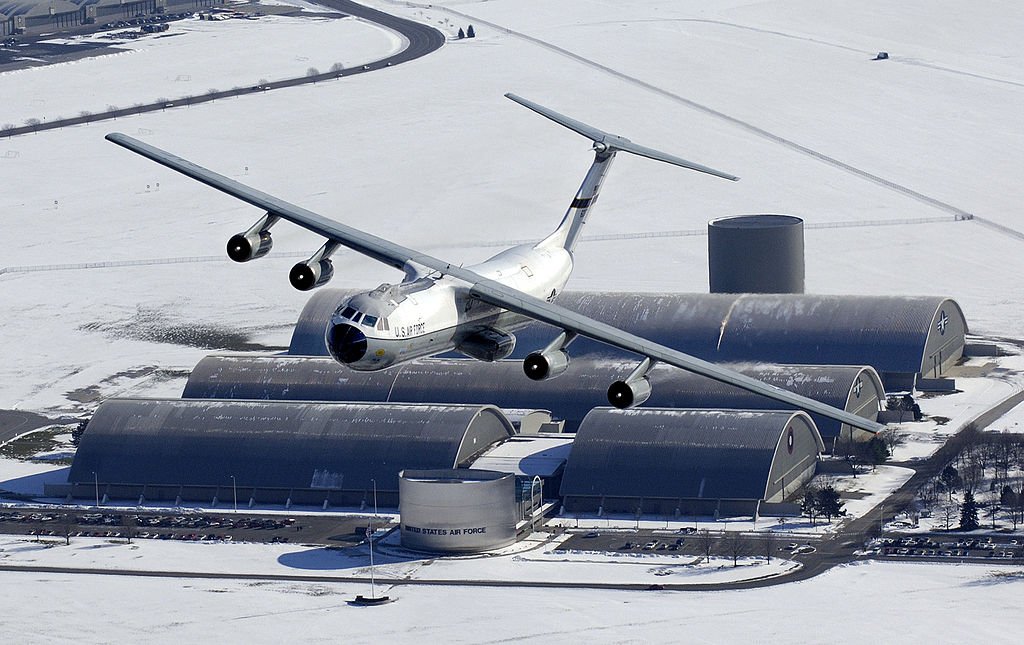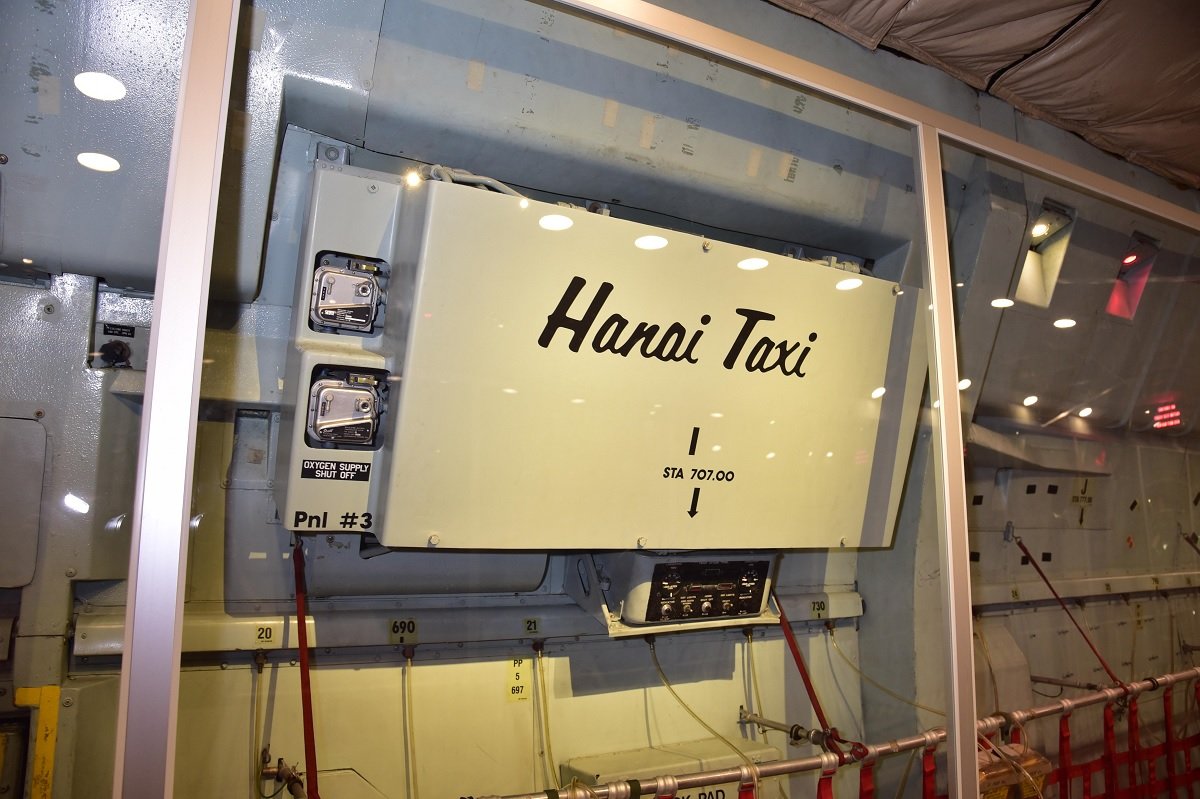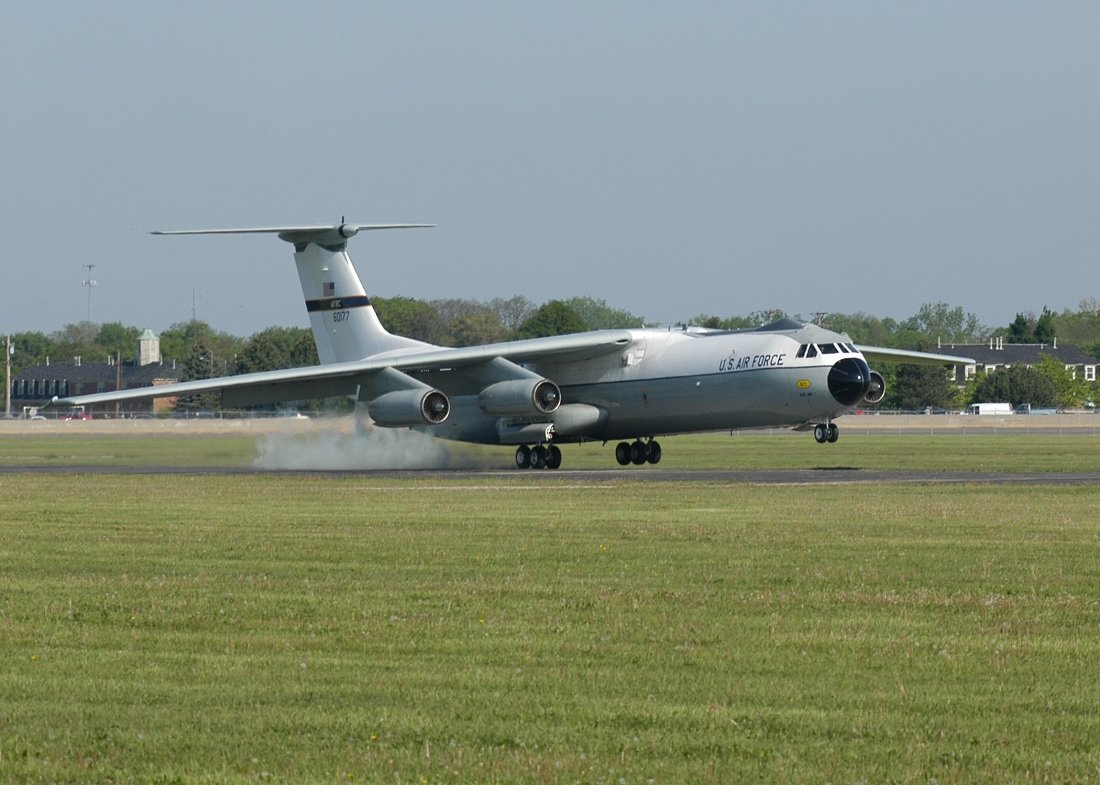Despite the fact that C-141 StarLifter aircraft had conducted many military and humanitarian missions, none were more important than the Hanoi Taxi mission
President John F. Kennedy declared August 23, 1963, to be a “great moment for our nation” when he, through a remote control, unveiled the first Lockheed C-141 StarLifter military transport aircraft from the White House. By ceremoniously pressing a gold key in the nation’s capital and enabling the carrier to virtually roll out some 650 miles away in Marietta, Georgia, President Kennedy brought in the first jet-powered airlifter and launched a versatile aircraft that, over its 43-year service, helped write aviation history.

Using the exclusive designs created by its engineers in Marietta, Lockheed built the StarLifter on time and under budget in response to President Kennedy’s directive to develop an all-jet military transport troop and cargo carrier.
It was the backbone of the US military airlift from 1965 to 2006, taking part in every operation from Vietnam to Operation Iraqi Freedom. The aircraft’s 93-foot cargo bay made it simple to discharge about 70,000 pounds of freight per hour, and its speed proved invaluable during the Vietnam War, cutting the round-trip flight time between California and Saigon from 95 hours to 34.

None of the military and humanitarian missions that the C-141s had flown were as important as the one carried out by the Hanoi Taxi, the aircraft that is currently on display at the National Museum of the U.S. Air Force. On February 12, 1973, this C-141 (serial number 66-0177) took off from Gia Lam Airport in Hanoi, North Vietnam, and airlifted the first American prisoners of war (POWs) to freedom. The Hanoi Taxi conducted four flights from the Philippines to the United States, transporting 76 former POWs, as well as two missions into Hanoi, bringing two civilian returnees and 78 POWs.
Afterward, the Hanoi Taxi flew missions all around the world for three more decades, totaling over 40,000 flight hours. Over its lifetime, the Hanoi Taxi has experienced numerous modifications. Originally built as a C-141A model, its fuselage was lengthened, and aerial refueling capability was added in the early 1980s. It was redesignated as a C-141B by the USAF. Later, the aircraft’s wings were strengthened, and advanced avionics were installed, converting it to a C-141C.

The Hanoi Taxi got its last planned depot maintenance in 2002. With the exception of the Red Cross, which was added to indicate that it was transporting hospital patients, it was also repainted to look as it did when it traveled to Hanoi in 1973. In honor of its significant past, the Hanoi Taxi flew with these markings for the next four years rather than the typical paint scheme.

Maj. Gen. Edward J. Mechenbier, a POW who was himself repatriated from Vietnam, flew the Hanoi Taxi back to Vietnam in May 2004 to bring back the bodies of two American service members who had been killed in action, once more tapping the timelines of history. The Hanoi Taxi was flown to the museum in May 2006.
In December 2015, the aircraft was moved into the fourth building at the museum. The new hangar opened to the public in May 2016, and the Hanoi Taxi is now on permanent display in the Global Reach Gallery. Visitors to the museum are able to walk inside the cargo bay of the aircraft through a rear ramp door.

Photo by U.S. Air Force

